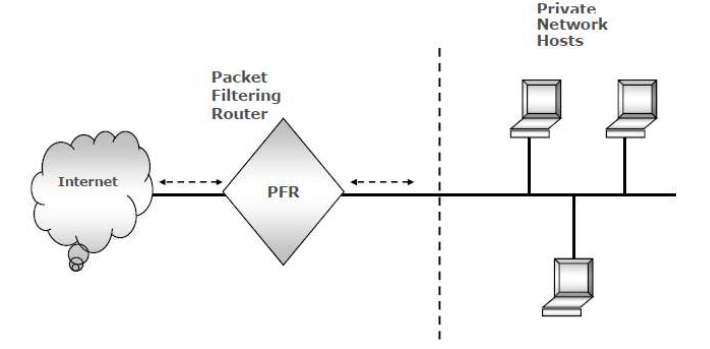CISSP 2019 Exam Prep Plan | CISSP Exam Guide | CISSP Exam 2019 Tips
Date: 5 February 2019
.jpg?width=1170&name=Banner3%20(1).jpg)
This article will support you in learning a few techniques to identify the important topics for your CISSP exam.
Please understand that the CISSP exam is a mile wide and an inch deep, meaning it covers a wide variety of topics but only skims these at inch level; e.g. definition level, further types, advantages and disadvantages, key risks and controls.
To identify the important topics, always ask the following key questions to yourself.
1. Is the topic regional (example: GDPR specific - relevant in the EU)? This is not important for the exam as the CISSP is a global exam and not a focus on any regional context. Your strategy should be just to read casually and move on.
2. Does the topic expect you to memorise a lot (example: key and block sizes in encryption algorithms or port numbers, etc.)? This is not important as the exam will test you on your fundamental knowledge and not on your memory retention.
3. Is the topic more of a business Information Security aspect or is it a detailed project delivery perspective? This is tricky to assess but please note, generally, you are not expected to go into too much depth around implementation and configurations. Please understand the focus of the exam is to test you on business Information Security and not on project implementation bits. It is advised that you study your CISSP under a mentor so that even if there is an exception to this rule, you are made aware, and there are a few topics that go into a bit more depth (example: Kerberos).
However, if you would like further techniques, please contact us and we will advise you accordingly. If you are unsure about where to start with CISSP, book your place to attend a demo session with us or contact us to arrange a quick 10 minute slot with one of our CISSP mentors.




.jpg)

